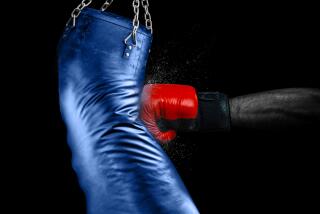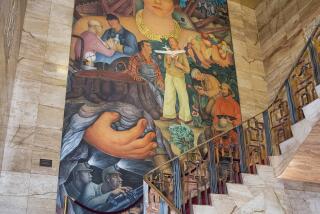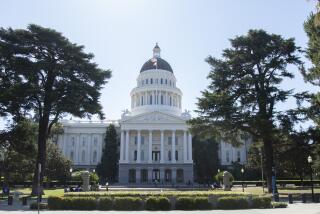Column: Mexicans have fought for a better California for 171 years. These books show how
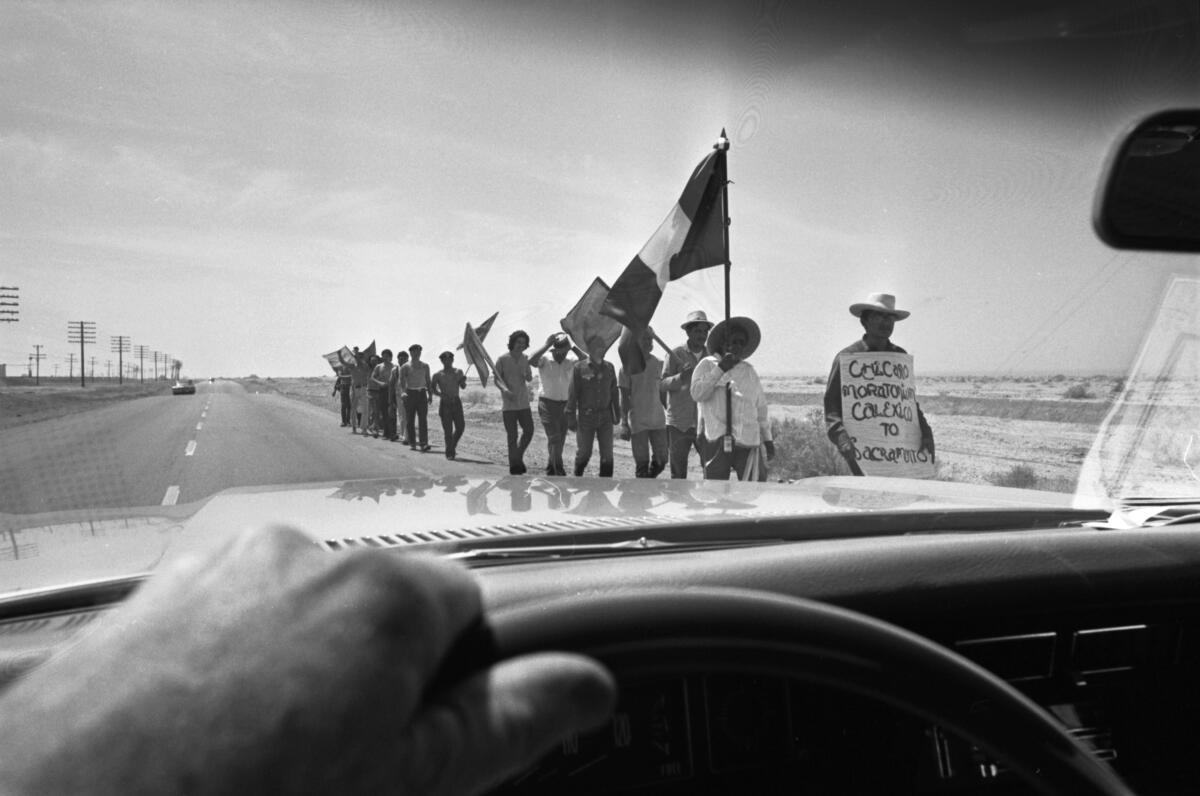
A rise in COVID-19 cases. A drought that just won’t quit. Record-breaking gas prices. California’s hell of a 2021 is so, well, hellacious that it’s not even giving us the holidays to relax and regroup for what’s already shaping up to be a scary 2022.
No wonder so many have left the Golden State for good, and so many more search Zillow for homes in Idaho or Tennessee or Texas.
Let them leave. We need a California of fighters, not quitters. Of people not afraid to deal with epic problems, damn the odds. So as the next year looms, we need to figure out a new strategy on how to push forward instead of just sit — or quit.
That’s why we should all learn to fight like Mexicans.
Since California joined the United States 171 years ago, the struggles of my raza in search of the good life have served as the bass notes for California’s melody: deep, foundational, yet rarely appreciated. We’ve been usually overmatched against and underestimated by the powers that be — but our indomitable will has earned us hard-fought victories that can serve as inspiration to all during these trying times.
Four books released in 2021 capture this spirit. Each highlights different battles from California’s Mexican American communities, but all offer the same challenge to us today: Fight in your own way, on your own terms — but fight.
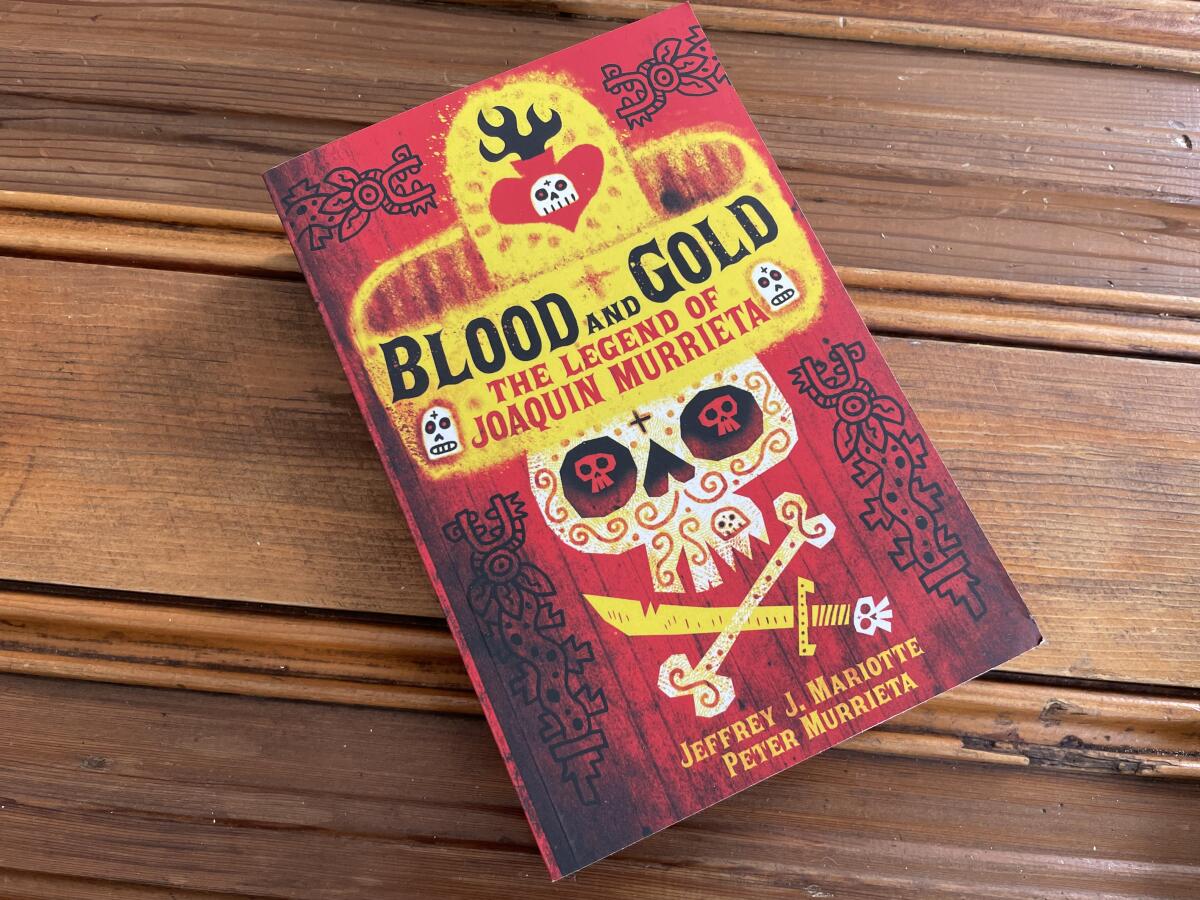
The only novel on this list also happens to be based on California’s original mad-as-hell Mexican. “Blood and Gold: The Legend of Joaquin Murrieta” is a reimagining of the iconic gold miner-turned-desperado, whose pursuit by California law enforcement and grisly fate as a preserved head displayed to scare generations of Anglos has inspired multiple books, songs, dime-store novels, murals and movies.
Author Jeffrey J. Mariotte is an experienced Western writer, and his co-writer Peter Murrieta is a renowned Hollywood showrunner, so their 600-page novel zips through its action-filled saga with the vigor of Louis L’Amour (and with a hell of a plot twist at the end). Historians still debate how much, if any, of Murrieta’s tale actually happened, but that’s beside the point for Mariotte.
“That’s the thing about legends, and about fiction,” he writes in an author’s note. “What’s true isn’t as important as what could be, in the right circumstances, be perceived as true.”
What rings as fact in “Blood and Gold” is that Murrieta and his fellow Mexicans had every right to go on rampages in Gold Rush California due to the loss of land and lynchings they endured. Although only history nerds remember Murrieta today, he was an inspiration to Mexican Americans through the 1970s for his deeds, and his campaign against racists and a corrupt power system is a campaign that we should all enlist in — save for the robberies and killings, of course.

If you want to see blood, I suggest “Lost Stories of West Coast Latino Boxing,” the third in a trilogy of short books by Gene Aguilera that uses the history of the sweet science in Southern California as a metaphor for the Latino experience. Drawing on the author’s personal collection of photos, posters, programs, and magazines, this quick tome gives only a couple of paragraphs and photos to well-known homegrown stars like Oscar De la Hoya, Art Aragon, and Fernando Vargas, which Aguilera covered in previous books. “Lost Stories” focuses instead on long-forgotten heroes like Solomon Garcia Smith, a half-Irish, half-Mexican from Los Angeles who was the first-ever Latino world champion when he won the featherweight title in 1893.
The result reads more like a yearbook than anything with literary ambition, but that’s OK. Aguilera gives readers the breadth and depth of the Latino fighting spirit in its most literal sense, but also ties it into its real-world parallels.
“Boxing mirrors one of the basic tenets of life,” he writes in the intro. “You win some, you lose some.”
And if you do the latter, the pugilists that he highlights showed, you get up and try again.
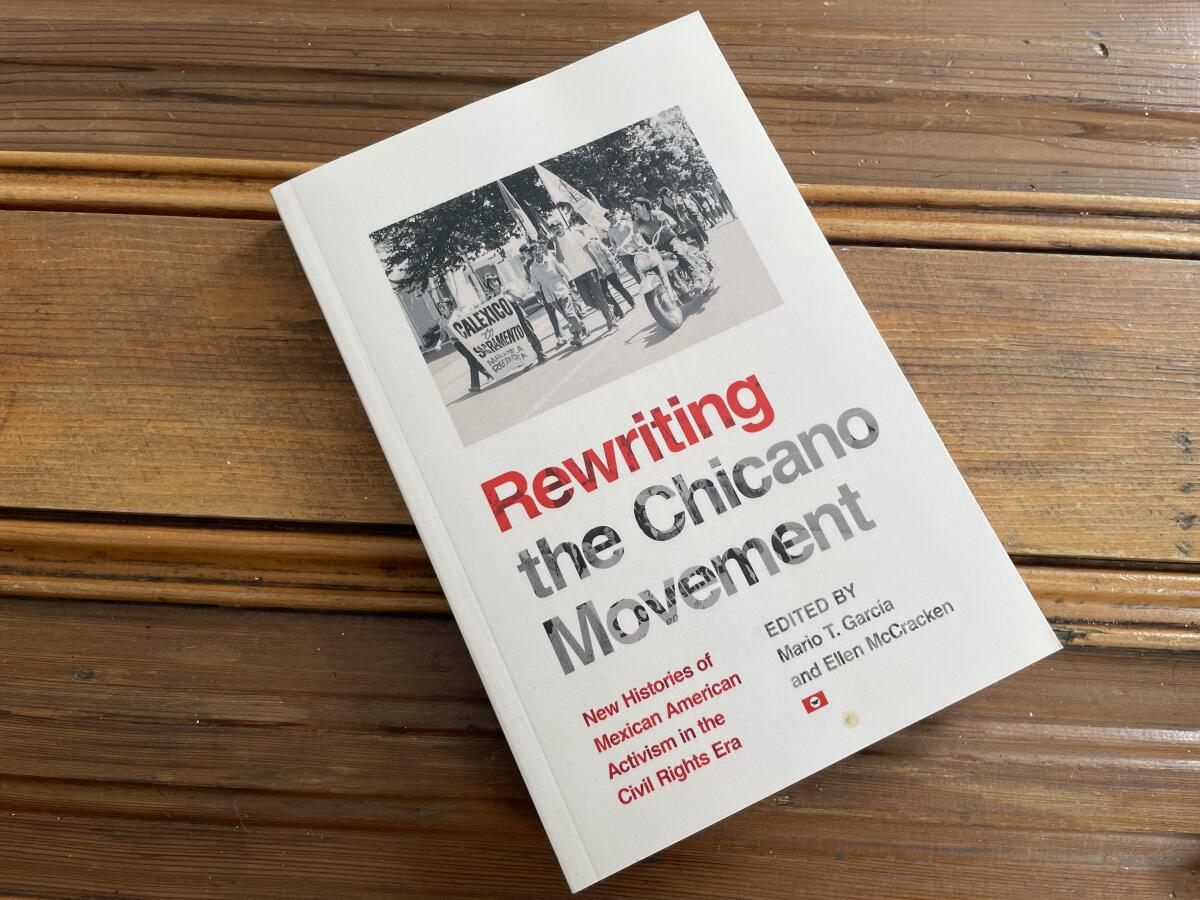
You’ll find such resilience in “Rewriting the Chicano Movement: New Histories of Mexican American Activism in the Civil Rights Era.” The collection of academic essays edited by UC Santa Barbara professors Mario T. Garcia and Ellen McCracken highlights incidents and scenes in Mexican American history usually overlooked even in Chicano Studies courses.
We learn about the Social and Public Art Resource Center (SPARC), the longtime base for legendary muralist Judy Baca, and get an oral history from Mita Cuarón, an unsung heroine of the 1968 Chicano Blowouts. The most moving chapter deals with el movimiento in Fresno County during the 1960s and 1970s, where students from rural towns across the Central Valley came to the big city for a college degree only to find a society out of the Deep South.
“What Mexicans encountered [there],” said author Patrick Fontes, “was an area wholly founded by whites for whites — they indeed entered a foreign land.”
But Chicanos persisted, and vowed to return to their hometowns to make them better. Today, the Central Valley is slowly turning politically purple, like grapes ripening on a vine.
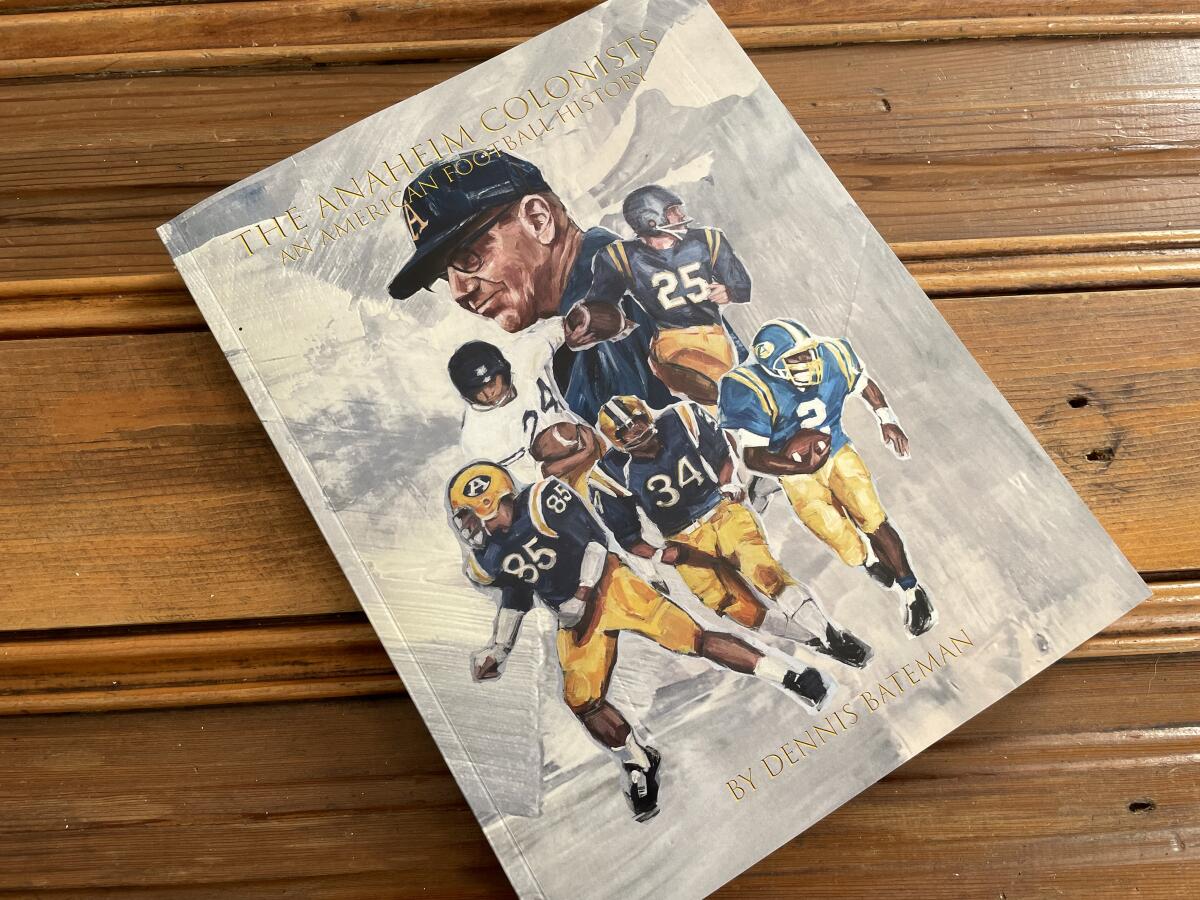
Hustle is one of the common traits that the protagonists in all these books have, and hustle has long been the hallmark of the football team for my alma mater, Anaheim High. Its trials and tribulations are covered in Dennis Bateman’s “The Anaheim Colonists: An American Football History.” Our school was a pigskin powerhouse in Orange County for decades, right up until 1996, when we won a share of the Orange League title my senior year. The following season, Anaheim High embarked on a 24-game losing streak from which the program hasn’t quite recovered.
What changed? The student body, which was once overwhelmingly working-class white and is now overwhelmingly working-class Mexican. Today, the Anaheim Colonists football team plays in the second-lowest 11-man football division in the California Interscholastic Federation’s Southern Section.
Bateman could’ve understandably bemoaned this drop in prestige in his pages. Instead, he connects the Latino players of today to their predecessors by noting a shared scrappiness and never-say-die attitude against teams that are inevitably bigger, taller, and faster.
“The inspiration of all those glories past and present,” Bateman writes in his conclusion, “serve as a guidepost for those who will wear the Blue-and-Gold in the future.”
The same can be said for Mexicans who bring that hustle — and fight — in California.
More to Read
Start your day right
Sign up for Essential California for news, features and recommendations from the L.A. Times and beyond in your inbox six days a week.
You may occasionally receive promotional content from the Los Angeles Times.

